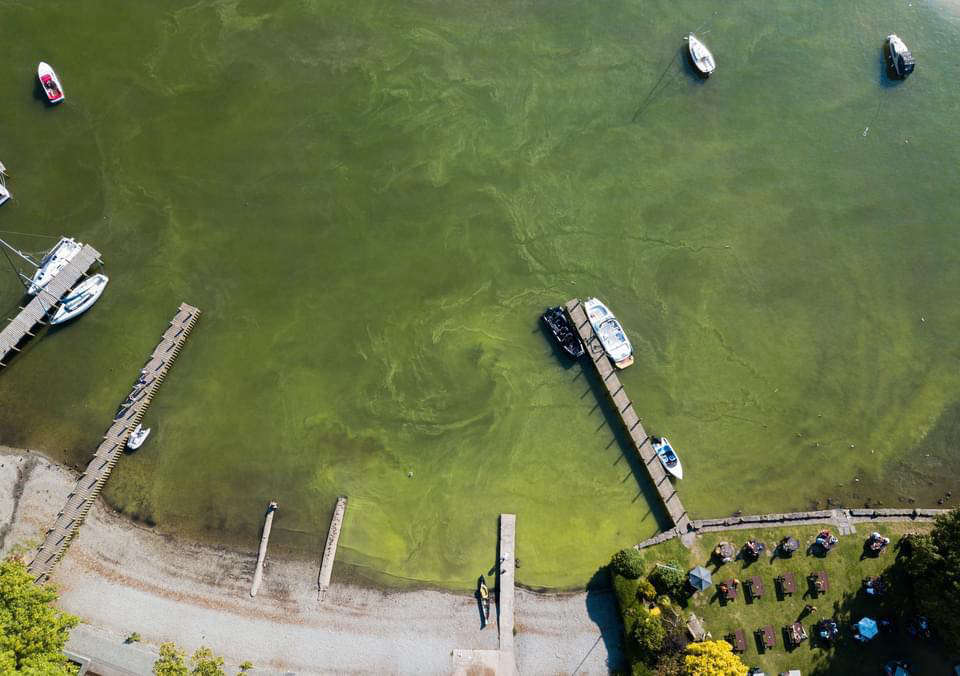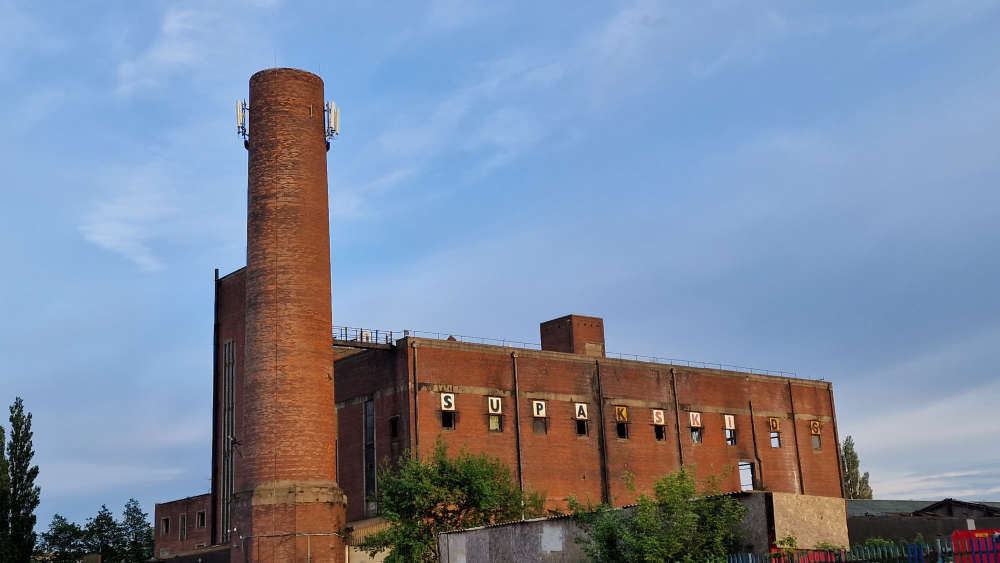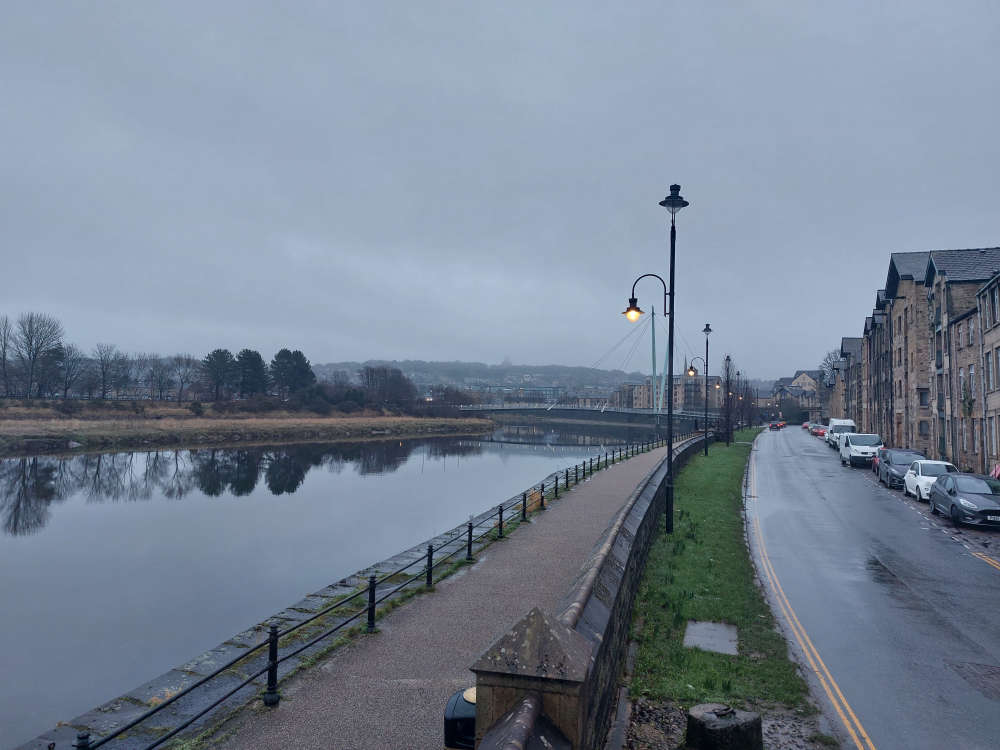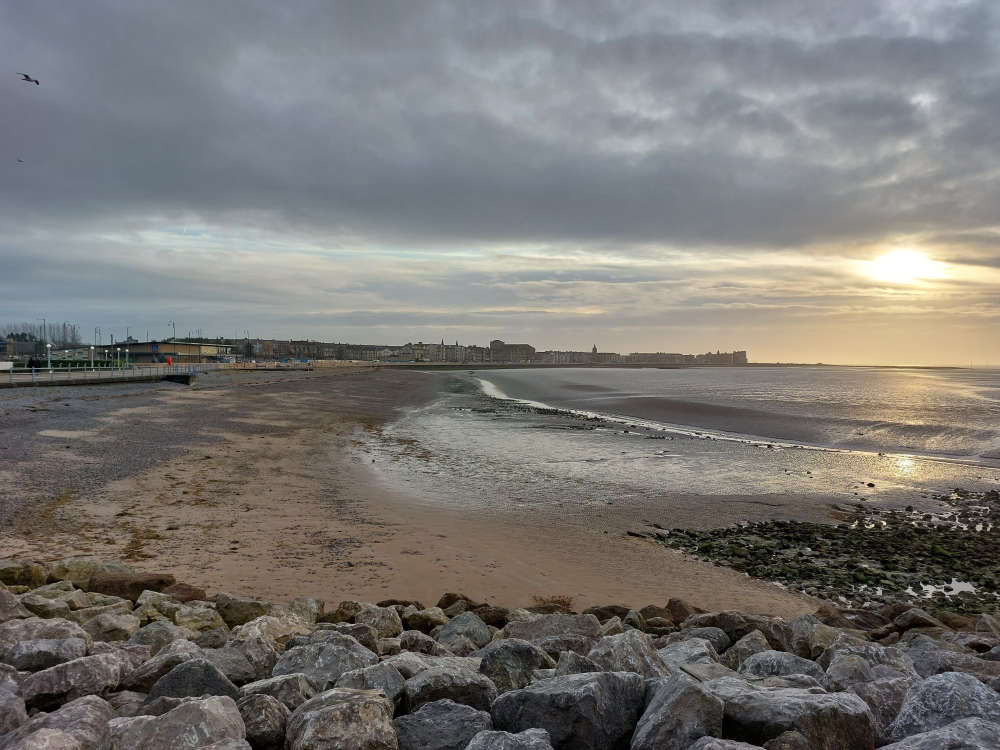
Pupils from a Lancaster school have spoken out passionately about their campaign to save Lake Windermere from pollution.
Schoolchildren from Moorside Primary visited the Beyond Radio studio to raise awareness of their campaign, which came about due to concerns that Lake Windermere is 'dying' due to excessive nutrients entering the water.
The Moorside pupils wrote to Cat Smith, Lancaster MP, who raised the issue in the House of Commons and visited the school herself last Friday to talk to the children, alongside Save Windermere campaigner Matt Staniek.
The school also received a video message from comedian Paul Whitehouse, who has joined other celebrities including singer and water quality campaigner Feargal Sharkey, actor Steve Coogan, and comedian and TV presenter Lee Mack in campaigning against sewage pollution discharges into the lake.
United Utilities and the Environment Agency (EA) have been widely criticised for their role in the damage to the popular Lake District tourist attraction - the water company for discharging sewage into the lake and the EA for not doing enough to prevent it.
According to the EA, there were record spills of raw sewage into the sea and rivers in England in 2023.
Rules allow a limited discharge of excess sewage during periods of excess rain, but there is also evidence of "dry spills", which can damage the local environment and pose a health risk to swimmers.
"The children felt very passionately about what was happening so we thought we'd do this campaign and write to Cat Smith because the children have lots to say about it, and the children got really fired up," said Sue Cooper, a teacher at Moorside.
Treya, 10, said: "I'm worried that the algae caused by sewage dumping will completely obliterate Lake Windermere's biodiversity and ecosystem.
"I think the lake is very beautiful but I thought the blotches of green algae have been ruining it."
Hugh, 11, said: "We've watched videos on the pollution and we did a very big letter writing campaign to Cat Smith, and she brought it up in the House of Commons."
Vitani, 10, said: "There's a website www.savewindermere.com , and you can sign their petition. They are calling for an independent public inquiry."
The image below is from the Save Windermere Facebook page.

The 'Save Windermere' campaign, set up by Mr Staniek, says on its website that "Lake Windermere is dying", calls for "the complete removal of treated and untreated sewage discharges into the lake" and says there has been a "failure to manage excessive nutrients entering Windermere".
"Despite previous efforts to protect Windermere, the situation has not improved fast enough, and we do not believe the regulator is doing enough to hold the key polluter accountable," says the website.
"We understand that multiple factors have contributed to the lake's degradation, including climate change, septic tanks and farmland runoff. However, the discharge of sewage into the lake by United Utilities is by far the most significant contributor - tackling this issue first will allow us to have the greatest impact before it’s too late for Windermere."
Here are Lancaster MP Cat Smith and Save Windermere campaigner Matt Staniek with the children from Moorside Primary School during a visit last Friday

Harriet Roberts from United Utilities: "We are delighted to hear that the pupils care so much about the health of Windermere.
"I think we'd want to reassure them that there are lots of organisations all working together to take action.
"We would love to meet with them to talk about what's happening at Windermere, and across the region.
"Remember there are four bathing sites where you can go swimming at Windermere and that means the water quality there is tested regularly by the Environment Agency and all four of those sites have been classified as 'excellent', the highest classification.
"It's a really complex situation and there are so many factors that can affect the lake, as well as the water we release.
"There's also runoff from farmland and roads, the septic tanks in small villages, even the lake temperature and the weather conditions have an impact.
"Four years ago we finished a major improvement at our wastewater treatment works around Windermere and that has made massive improvements to the quality of return to the lake after it's been treated.
"We've also got more work that's about to start that will help our treatment plants deal with more wastewater when it rains.
"We're working on a wider plan as well with environment groups, local farmers and the council, to come together and tackle all the issues at Windermere in partnership."
Roger Shone, head teacher at Moorside Primary School, said: "We'd be very happy to have United Utilities come to talk and share their work with the children.
"The children are very passionate and highly knowledgeable, and I think they would welcome the opportunity to talk to United Utilities. I think they would listen, and I think they would also give them a good challenging time and make sure they were being held to account for the different incidents and general condition of the lake.
"The children are really really mature have strong views and know how to put them forward and start to take their place within the adult world in terms of the important issues that are around us."

Beyond Radio also contacted the Environment Agency, who said they were not able to provide a statement at this time.
But in December 2023, Andy Brown, environment, planning and engagement manager at the Environment Agency, and chair of the Love Windermere partnership, explained how new data will help tackle pollution in Windermere and protect the lake for generations to come.
"One of the major sources of pollution to rivers and lakes is excess phosphorus. Phosphorus is an essential nutrient for plants and animals but too much can lead to algal blooms and excessive plant growth. This in turn reduces the amount of oxygen dissolved in water, potentially killing fish and harming aquatic life.
"The amount of phosphorus in water is a good indicator of pollution from a range of different sources that all need to be tackled if we are going to protect our rivers and lakes for future generations.
"Scientists at the Environment Agency have quantified the different sources of phosphorus pollution in Windermere and the impact that it is having in different parts of the lake so that we can be more targeted than ever in our efforts to improve water quality.
"Lake Windermere has two separate basins – north and south – with different characteristics influenced by the underlying geology. Our modelling has revealed that around 52 per cent of the phosphorus in Windemere’s north basin comes from sewage and approximately 48 per cent from runoff from both built up and rural areas. The sewage is from storm overflows, United Utilities and private sewage treatment works, and septic tanks.
"In the south basin, around 59 per cent of the phosphorus in Windemere is from sewage and about 41 per cent from runoff.
"We have identified that recent improvements to sewage treatment works, driven by the Environment Agency, Ofwat and government as part of the Water Industry National Environment Programme (WINEP), have already led to around a 30 per cent reduction in phosphorus entering the lake since 2020, with future improvements expected to lead to a further reduction of between four and eight per cent.
"This is really good news, as is the fact that all four of Windermere’s bathing waters have once again been given an ‘excellent’ rating in this year’s bathing water classifications. But much more needs to be done to build on reductions to date.
"This is particularly important given the predicted impacts of climate change. Increasing temperatures, less rainfall during the summer and more intense rainfall events could lead to more algal blooms as increased amounts of phosphorus enter the watercourses from runoff.
"To really make a difference, we need to take action to reduce phosphorus from every source. There is a risk that given the current focus on sewage pollution, people will not realise that a lot of the phosphorus entering the lake comes from wide range of different sources.
"Our data, along with other vital evidence gleaned from a wide range of scientific research such as that gathered by the Freshwater Biological Association and the citizen scientists that they work with, means that we can now start to do this with more confidence than ever before.
"Along with identifying the sources of pollution in Windermere, the Environment Agency takes its role in protecting the environment very seriously and has an important regulatory role in holding polluters to account.
"Officers at the Environment Agency care deeply about the environment and work hard to do the right thing. Like any organisation, we recognise that there are times when we could have done better. That is why we have made improvements in the Windermere catchment, including installing sensors that monitor river quality in real time.
"No one organisation can secure the improvements in Windermere that we all want to see. In recognition of this, ten organisations working in Windermere have come together to create the Love Windermere partnership. The partnership is developing ambitions plans for the future along with taking prompt action where we know it will make a difference.
"By working together across organisational boundaries and with local communities who care so passionately, we can continue to reduce the amount of phosphorus in Windermere. We all have a part to play and no action is too small to make a difference."



 Police appeal after man seriously assaulted on Lancaster’s Millennium Bridge
Police appeal after man seriously assaulted on Lancaster’s Millennium Bridge
 INTERVIEW: Petition launched for showers on Morecambe Prom as plans hit council 'stumbling block'
INTERVIEW: Petition launched for showers on Morecambe Prom as plans hit council 'stumbling block'
 Final journey of Lancaster legend will make emotional stop at home of his famous burger van
Final journey of Lancaster legend will make emotional stop at home of his famous burger van
 BIG FIGHT COUNTDOWN: Morecambe fight fans rally behind Tyson Fury ahead of undisputed battle
BIG FIGHT COUNTDOWN: Morecambe fight fans rally behind Tyson Fury ahead of undisputed battle
 Calls grow for overnight camper van parking ban on Morecambe Promenade
Calls grow for overnight camper van parking ban on Morecambe Promenade
 Morecambe barber elected new chairman of town council
Morecambe barber elected new chairman of town council
 Morecambe Vintage Bus Day to celebrate the public transport of yesteryear
Morecambe Vintage Bus Day to celebrate the public transport of yesteryear
 Team Reece charity football match returns to Morecambe FC in memory of brave schoolboy
Team Reece charity football match returns to Morecambe FC in memory of brave schoolboy
 Police continue to appeal for information about missing man last seen in Silverdale
Police continue to appeal for information about missing man last seen in Silverdale
 Venue and date change for soul music night in memory of popular Morecambe DJ
Venue and date change for soul music night in memory of popular Morecambe DJ
 BIG FIGHT COUNTDOWN: Heysham boxing trainer's 20-year journey with Isaac Lowe leads to pinnacle of Tyson Fury's undisputed fight
BIG FIGHT COUNTDOWN: Heysham boxing trainer's 20-year journey with Isaac Lowe leads to pinnacle of Tyson Fury's undisputed fight
 Lancaster car parking consultation extended
Lancaster car parking consultation extended
 BIG FIGHT COUNTDOWN: Tyson Fury's most memorable Morecambe moments
BIG FIGHT COUNTDOWN: Tyson Fury's most memorable Morecambe moments
 Meeting will rally business community together after shock Lancaster bakery closure
Meeting will rally business community together after shock Lancaster bakery closure
 INTERVIEW: Award-winning festival set to celebrate Italy in Lancaster
INTERVIEW: Award-winning festival set to celebrate Italy in Lancaster
 Lancaster MP welcomes return of mobile phone coverage
Lancaster MP welcomes return of mobile phone coverage
 INTERVIEW: Historic Heysham pub to reopen as new management aims to 'bring community together'
INTERVIEW: Historic Heysham pub to reopen as new management aims to 'bring community together'
 Traffic diverted as Lancaster quay closed for rail bridge works
Traffic diverted as Lancaster quay closed for rail bridge works
 Caravan fire in Morecambe spreads to two other vehicles
Caravan fire in Morecambe spreads to two other vehicles
 Morecambe's two bathing beaches receive Seaside Awards amid calls to improve water quality
Morecambe's two bathing beaches receive Seaside Awards amid calls to improve water quality




